
Where We Be
| Cotacachi's central plaza is charming |
| Cotacachi, Ecuador |
| We hiked up to a series of overlooks near a restaurant. With a little more time we could have taken a short boat ride to visit the islands ($2.50 each). |
We took a half hour bus ride from Otavalo to
Cotacachi just to the north. We had expected a
small town perhaps the size of Vilcabamba, but
Cotacachi actually felt closer to Baños in size,
or perhaps a smaller version of Otavalo itself.
That said, it has a laid-back feel and is known
as the leather-working capital of Ecuador. Its
main shopping street actually smells of leather
as you walk past the stores. Cotacachi has an
upscale feel to it, and many expats have
adopted it as home. Thus quite a number of
restaurants and shops cater to western tastes.
If you go, be sure to visit nearby Cuicocha
Lake. This volcanic crater lake is quite beautiful
with its two humped islands and surrounding
peaks. We paid a taxi driver $10 to take us
there and back (it's 18 km away) with a half hour
stop in the middle to allow for a quick hike up
to a lookout point for the views.
Cotacachi just to the north. We had expected a
small town perhaps the size of Vilcabamba, but
Cotacachi actually felt closer to Baños in size,
or perhaps a smaller version of Otavalo itself.
That said, it has a laid-back feel and is known
as the leather-working capital of Ecuador. Its
main shopping street actually smells of leather
as you walk past the stores. Cotacachi has an
upscale feel to it, and many expats have
adopted it as home. Thus quite a number of
restaurants and shops cater to western tastes.
If you go, be sure to visit nearby Cuicocha
Lake. This volcanic crater lake is quite beautiful
with its two humped islands and surrounding
peaks. We paid a taxi driver $10 to take us
there and back (it's 18 km away) with a half hour
stop in the middle to allow for a quick hike up
to a lookout point for the views.
| In the center of the lake are two humped islands. The original inhabitants of the area thought these islands looked like "cuy" (guinea pigs), which is reflected in the name of the lake, which means “guinea pig lake.” |
| You can tell Cuicocha Lake is volcanic in origin from the crater walls that encircle it |
| One of the pleasures of our stay in Cotacachi was eating tasty American food at Serendipity, an expat hangout. After six weeks of Ecuadorian food we were ready for a taste of home. |
| Cotacachi is the leather-working capital of Ecuador. Boutique shops abound and you can smell the fine leather as you walk past the stores. |
| This is a typical street in Cotacachi. The only thing we felt the town lacked was sufficient green space. |
| Here's another powerful mural, this one located over a store entrance |
| Adding to the artisan feel of Cotacachi are lovely murals like this one, prominently displayed on the exterior of a building on the main square |
| Looking out from La Cuadra Hostal ($30 per night), we could see this construction work going on. Cotacachi is growing fast. |
| No wonder expats love Cotacachi -- it has a year-round moderate climate, a small-town vibe, and is surrounded by beautiful mountains |
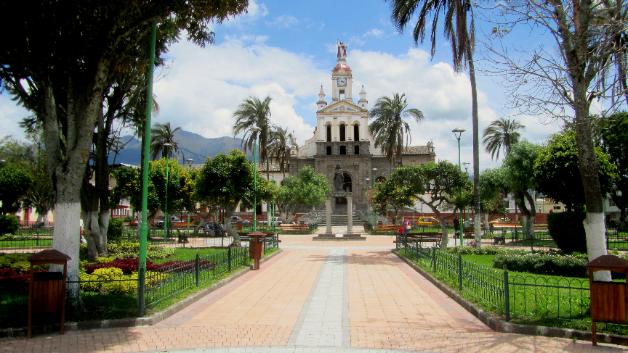
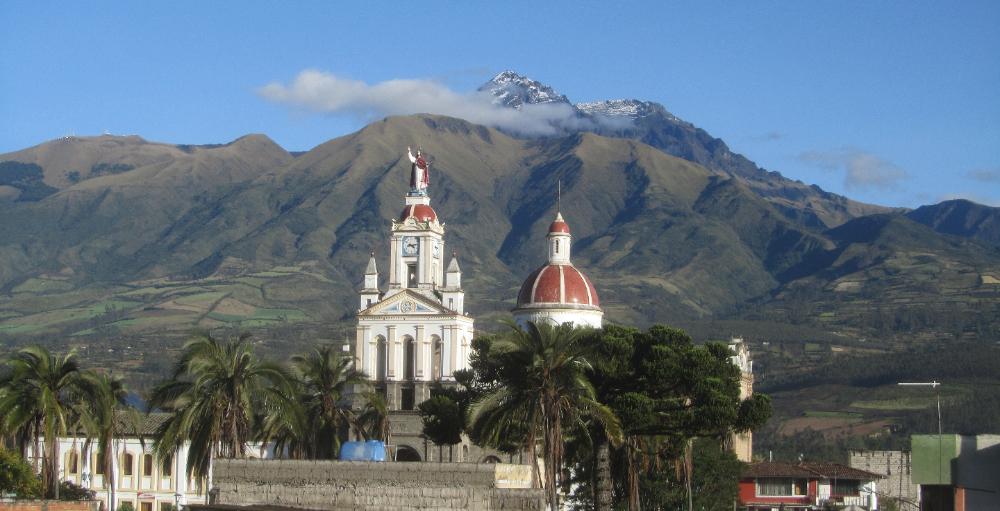
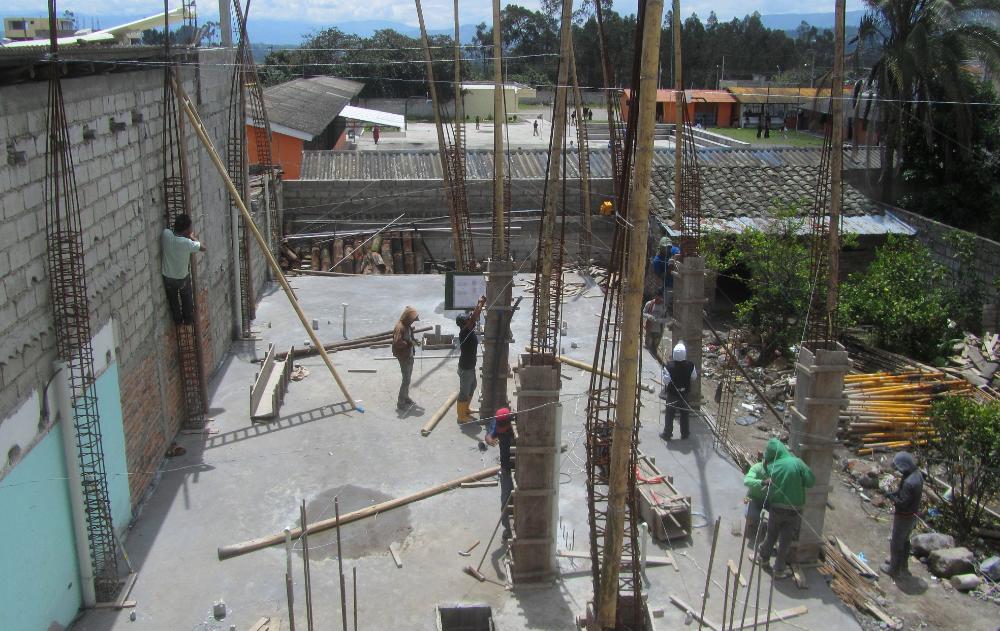
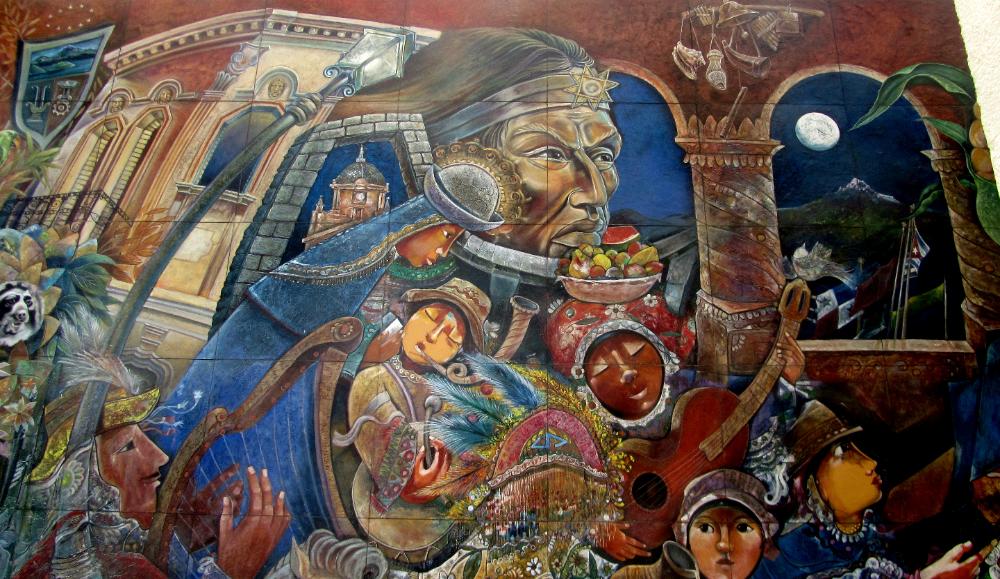

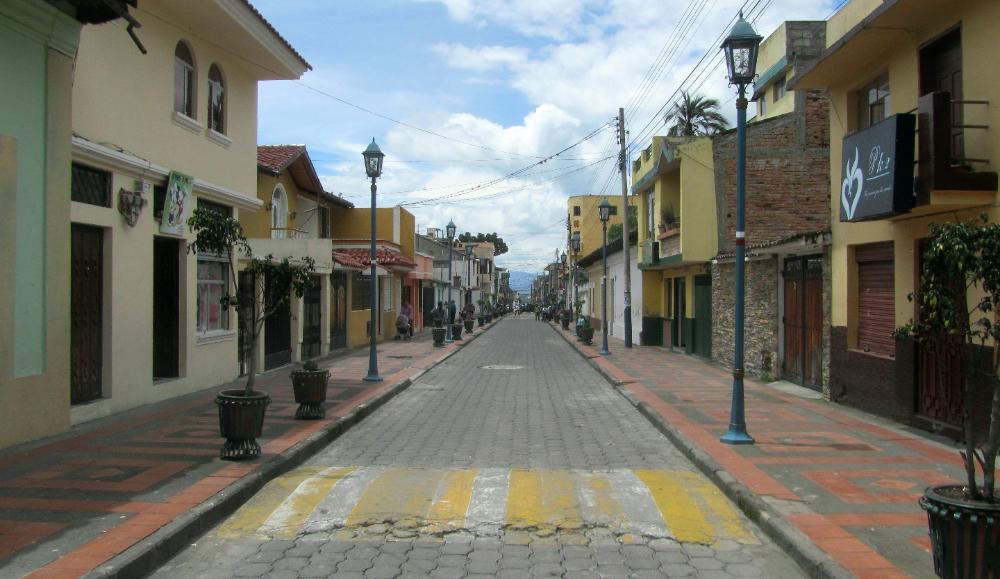
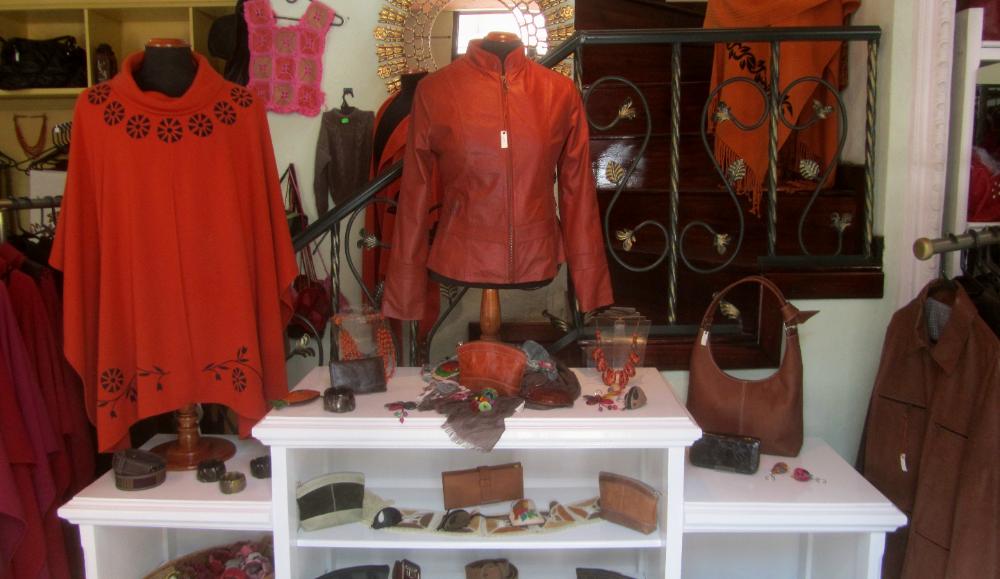
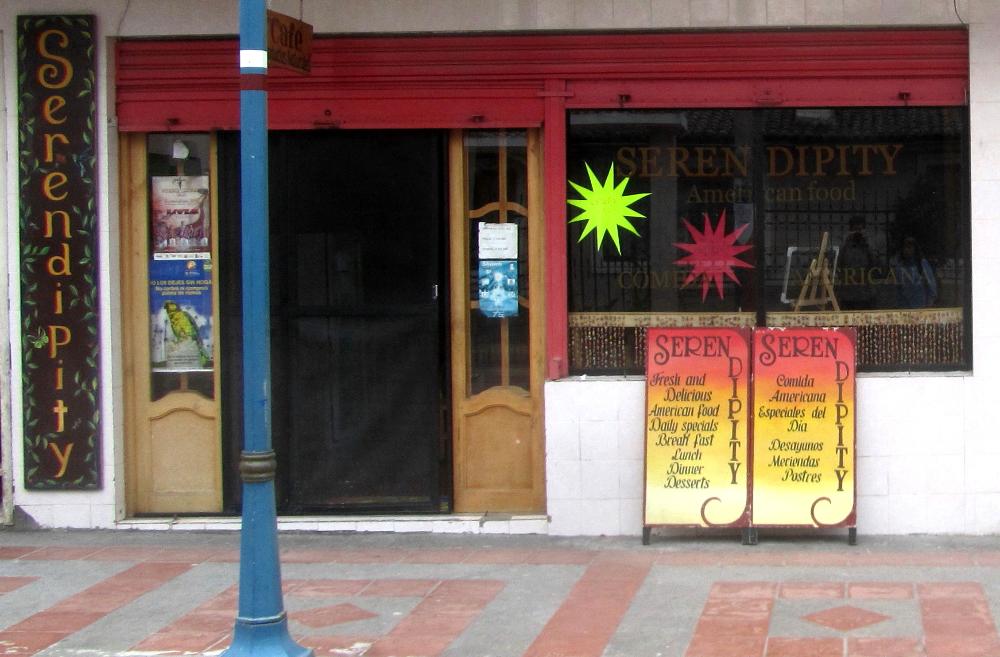
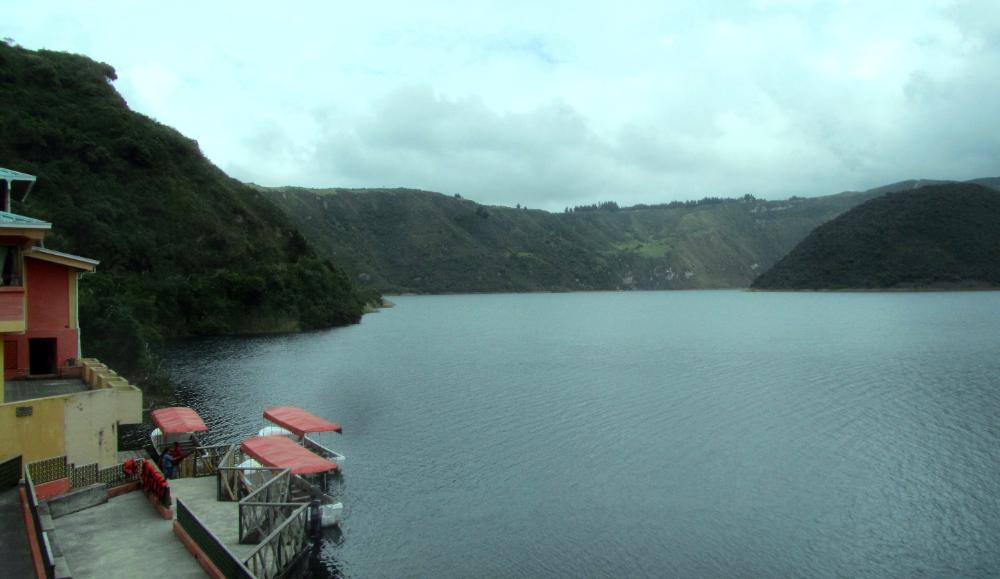
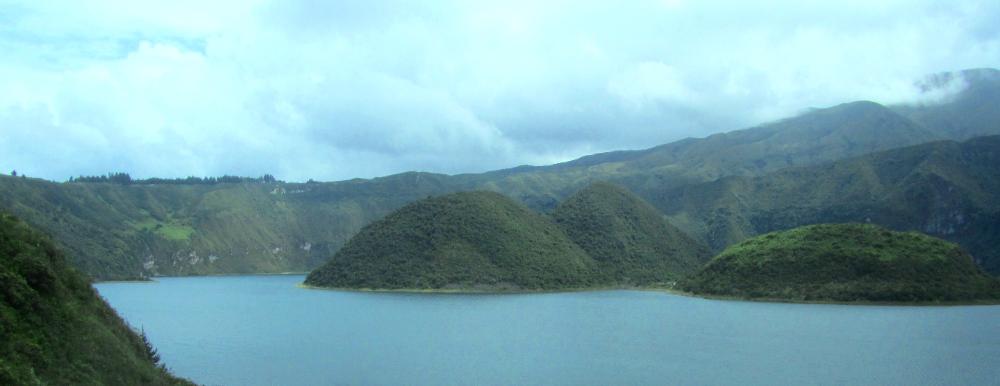
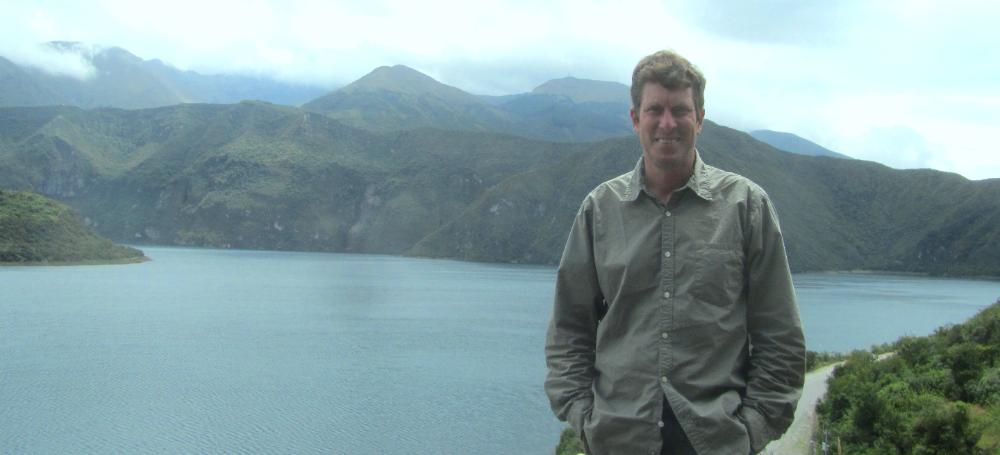
| We paid our $2 entry fee and walked up to the 30-meter-high Mitad del Mundo monument |
| Mitad del Mundo, Ecuador |
| We met Edgar, the owner and manager of the restaurant, on our Galapagos cruise. He invited us to join him for a meal if we ever made it to Mitad del Mundo -- but we had no idea just how lovely the restaurant would be! |
| We ate the best empanadas of our lives here, and the traditional locro soup was delicious too |
| This is the nicest restaurant we visited in Ecuador. It has a gorgeous acacia tree trained to provide a leafy “ceiling” in the garden dining area. |
| We lucked out and got a sunny last day in Ecuador |
| We said hi to the "tourist llamas" |
| And we celebrated all those zeros |
| We left the monument site -- which is like a little town unto itself -- and headed to Cochabamba Restaurant about a hundred yards outside the entrance |
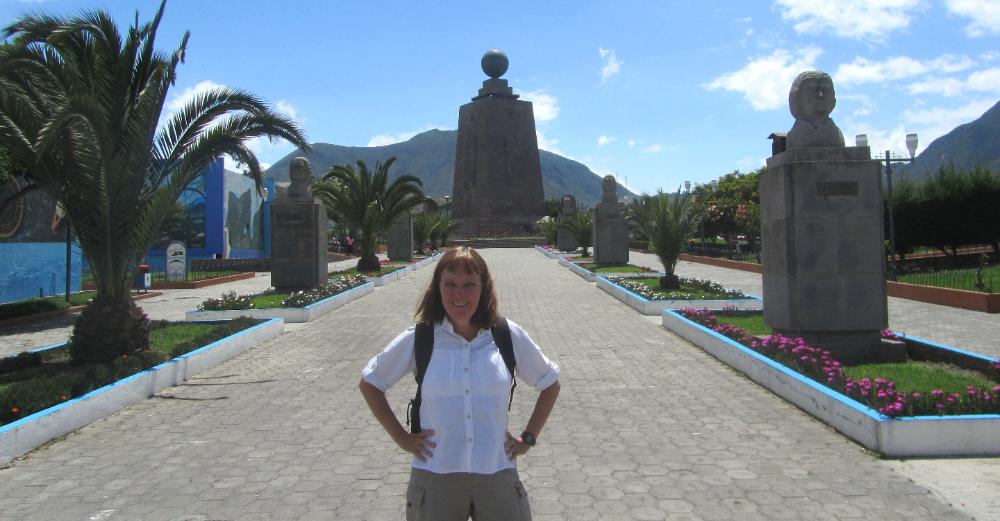
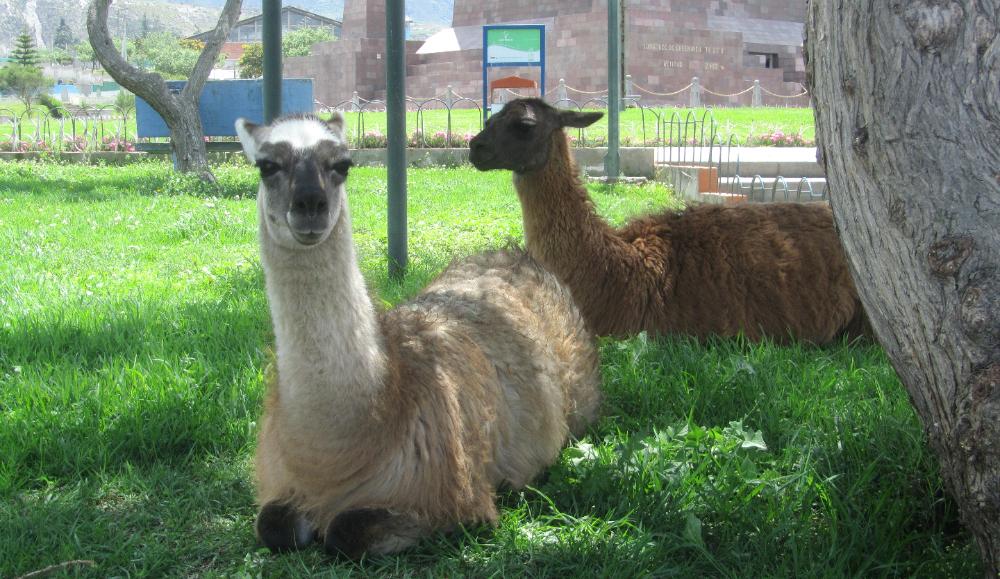
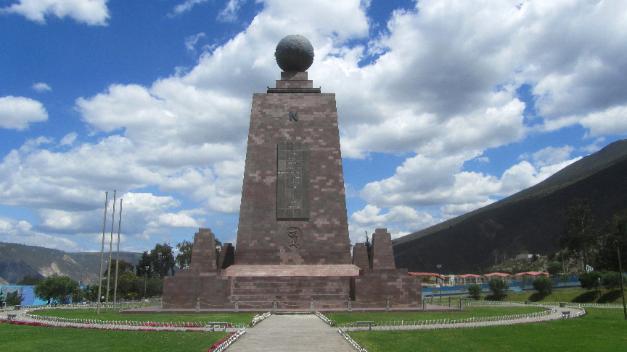
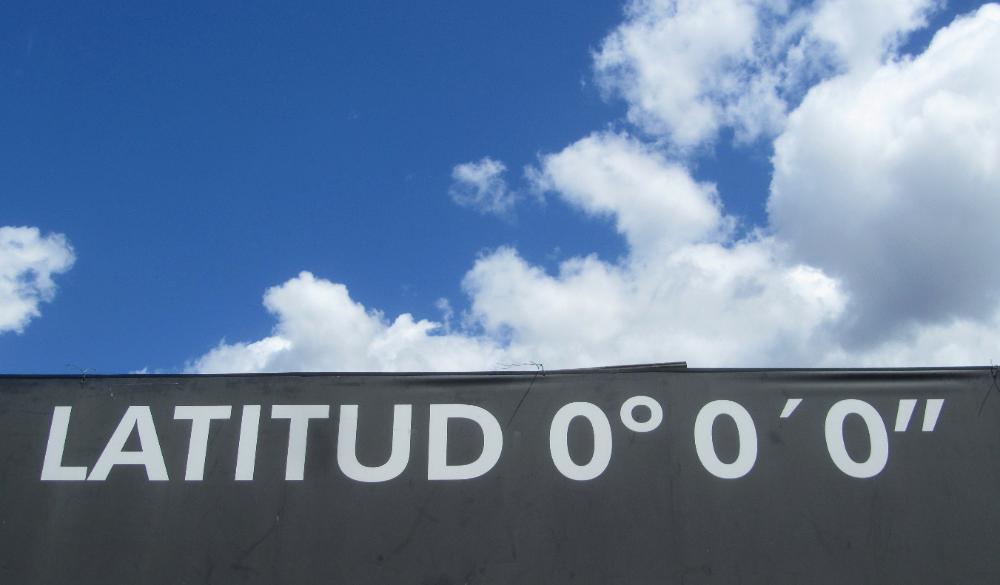
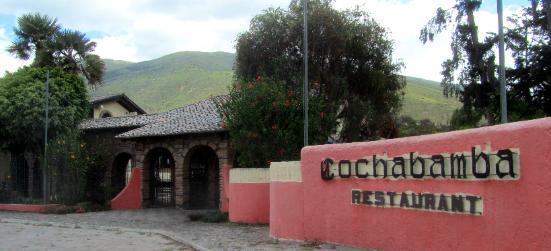
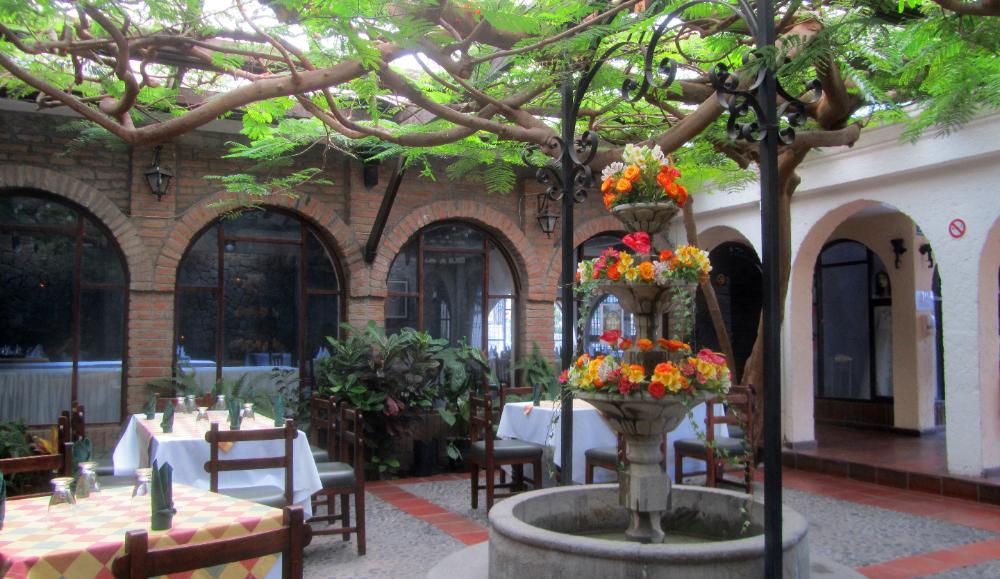
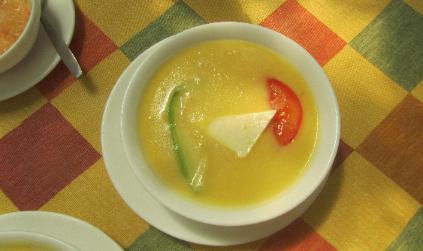
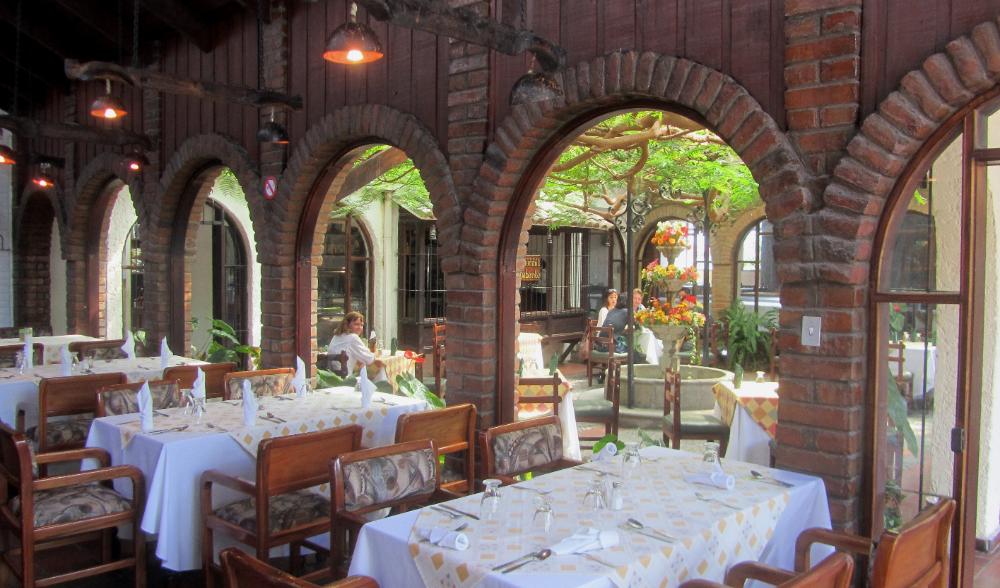
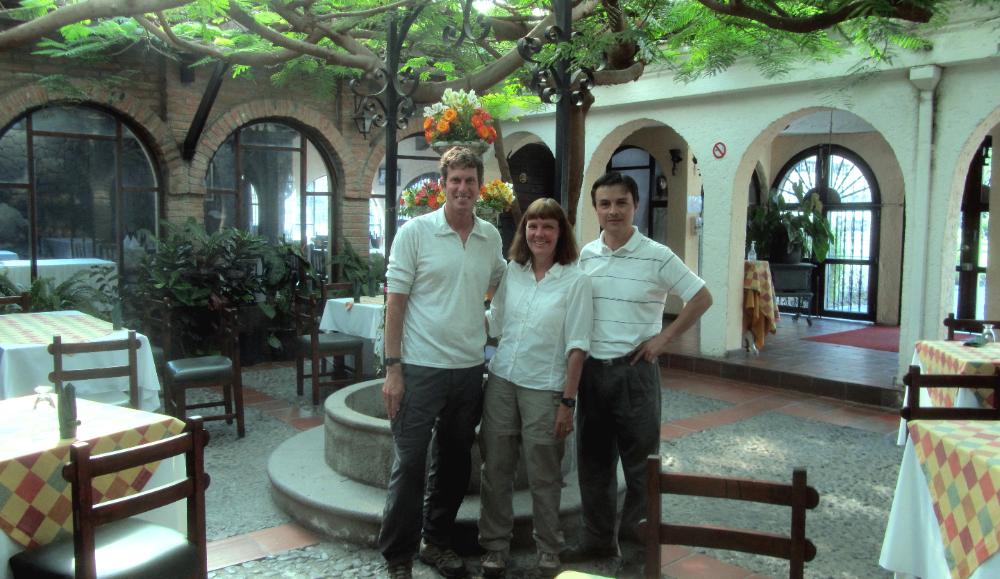
Our last stop before heading home was Mitad
del Mundo, which means "Middle of the World."
It marks where the equator passes through
Ecuador at latitude 000. Original calculations
performed in 1743 showed the equator line
here, although more recent GPS data puts it 240
meters north of the monument. In any case, it's
safe to say you're pretty darned close to the
equator when you visit this monument, and it's
the obvious place to celebrate that fact. We felt
we couldn’t leave Ecuador – a country named
for the equator, after all – without paying tribute
to this tourist mecca.
It's surprisingly easy to forget you're on the
equator when you visit Ecuador because so
many cities are situated along the mountainous
spine of the country and have a temperate
climate as a result. It's only when you dip down
to the coast or visit the Amazon Basin that you
rediscover the equatorial heat.
del Mundo, which means "Middle of the World."
It marks where the equator passes through
Ecuador at latitude 000. Original calculations
performed in 1743 showed the equator line
here, although more recent GPS data puts it 240
meters north of the monument. In any case, it's
safe to say you're pretty darned close to the
equator when you visit this monument, and it's
the obvious place to celebrate that fact. We felt
we couldn’t leave Ecuador – a country named
for the equator, after all – without paying tribute
to this tourist mecca.
It's surprisingly easy to forget you're on the
equator when you visit Ecuador because so
many cities are situated along the mountainous
spine of the country and have a temperate
climate as a result. It's only when you dip down
to the coast or visit the Amazon Basin that you
rediscover the equatorial heat.